Hiking in Cape Town really is something else. There’s not many cities, in fact, places in the world where you can be in a bustling city centre one minute and then 10 minutes later be in one of the most incredible national parks in the world, at the foot of one of the most famous mountains, ready to hike your way up to the top.
Apart from being close to the city centre, what’s so great about going hiking in Cape Town is, whether you’re a trailblazing mountaineer, you like to dabble in a bit of hiking every now and then, or whether the closest you’ve got to being on a hike is walking up the stairs to get to the bathroom. There’s loads of different trails to suit all needs and experience levels.
To put this together, we sought the help from one of our local experts on the ground in Cape Town, The Secret Adventurer (aka Henk Brand). Henk has been exploring Cape Town’s secret adventures for as long as he’s been able to. Wether it’s hiking mountains, exploring caves, diving in the ocean, or kloofing (yes, that’s an actual thing), you name it Henk does it. So to say Henk is an expert in Cape Town hikes would be a major understatement.
So, from what you should take in your rucksack, to when the best time to go is, and a few of the handpicked hikes from Henk. Here’s our guide to hiking in Cape Town with the Secret Adventurer.
Firstly, what’s the best thing about hiking in Cape Town?
Well Cape Town is such a unique city, from mountains to beaches, to wine lands, to the vibrant city centre and thriving suburbs. You’re never far from adventure, this is particularly true for Cape Town’s hiking culture and the fact you can get out and go hiking in 10-15 minutes really is amazing.
Second, the hikes in Cape Town accommodate all levels of hikers, from the most experienced, to newcomers, and even if you’re a little lazy you can still take a cable car to the top of table mountain, there really is something to suit everyone.
And lastly, whichever hike you decide to take on whichever peak, at any time of year, you’re guaranteed to see something different every time, whether it’s the wildlife or the views from different points, every single one is unique in it’s own right, no matter how long you’ve been exploring, there’s always new paths, new trails to find.
What would be your top tips for hiking in Cape Town?
Do your homework – you need to make sure that you choose a route that matches both your fitness levels and interests, as there are hundreds of different routes across the city, with some a lot more difficult than others. Also, it sounds obvious, but make sure you know where you’re meant to start from and where the route is supposed to finish, as even the most experienced hiker get lost and end up on a completely different route. And know the duration of your route – you don’t want to be choosing a full day route if you’ve got plans in the evening you need to get to.
Pack appropriately – although a lot of the time the weather can be pleasant here, it can change in a second, the wind can pick up and it can even start to pour. Even if it is a warm, sunny day, make sure you pack a jumper or coat. And don’t forget your hat and sunscreen, the sun can be pretty intense in summer. Other key things i’d recommend throwing in your rucksack would be: snacks, plenty of water, a cellphone with backup charger, and make sure to leave any unnecessary valuables behind.
Know the emergency numbers – hiking in Cape Town is perfectly safe and although most hikes come to an end without incident, there are real dangers out there, whether it be drastic weather, snake bites, or a slip or fall. Make sure you have the emergency numbers saved in your phone or written down, just in case.
Don’t go it alone – it’s always best to hike in Cape Town with another person or with a group. Even if you’re an experienced hiker, a slip or fall could be deadly. If you’re travelling alone, join one of the local clubs or book a local guide – they’re both great ways of meeting locals and learning more about the mountains.
What sort of wildlife do you see whilst hiking in Cape Town?
The western cape is one of the most botanically diverse areas in the world, it’s one of 6 floral kingdoms and it even contains more floral species than the amazon rainforest, with around 1500 plant species found on Table mountain alone! Fynbos (“delicate bush” in Afrikaans.) is the name of the vegetation that grows on Table Mountain – with some types dating back 60 million years.
Cape Town’s flora is very unique and changes throughout the year round, so no matter when you come you’re guaranteed to see some spectacular wildlife.
In terms of animals, whilst there are no larger animals (lions etc), there are still plenty of animals on the mountain. The most common of which being the dassie, these small, agile mammals, look kind of like rabbits but are actually related to elephants, it’s very common to see these on any hike. Other animals you can come across on your hikes include: rare frogs, tortoises, around 20 species of snake, lizards, Eland and porcupine.
When are the best times to go hiking in Cape Town?
I would probably say the best time to hike in Cape Town is in the spring time, between August-September. The days are crisp and clear, it’s warm, but definitely too hot.
If you did come in our summer around Nov-Dec, this is the most popular time to come to Cape Town for tourists, as the weather is sublime, but it makes hiking a little less flexible. You have to get up earlier to avoid the heat in the day and the routes are more likely to be busy.
Another thing about hiking in Cape Town in spring is you can drink from most the natural water sources in the national park, so you don’t have to actually carry as much water. In the summer however, these water sources have dried up. One thing to add though is, naturally the rocks can be a little slipper in Spring so do be extra careful if you do go out.
What are your top hiking routes in Cape Town?
So as you may or may not know, we have three mountain peaks here in Cape Town, Lion’s Head, Devil’s Peak and Table Mountain, all of which are part of the Table Mountain National Park. There are loads different routes that you can take up and around each peak. And I would say there are probably around 25-30 very secluded routes they’re definitely off the beaten track, away from the main tourist routes. Some of which have been around since the late 1800s-early 1900s when Cape Town was still being explored, so they’re incredibly old, but still really incredible routes. Here’s some top picks, including easy routes to the most difficult:
Table Mountain
Choosing a route to go up Table Mountain is like choosing which is the best pizza topping, it differs for everyone, again, depending on fitness, but more so interest. The mountain is so diverse in terms of views, wildlife and the level of adventure it offers, so if you have a strong sense of adventure, or not at all, there’s something for you.
Platteklip Gorge
Start: Kloof Nek
Finish: same as start
Duration: roughly 3-4 hours, depending on your level of fitness
Fitness: moderate
If you want the easiest route at Table Mountain, or if you’re strapped for time, this is what I’d recommend. This route is a steep, stair-like route, it’s not very technical and is known for it’s flat rocks and impressive sandstone cliffs. However just to note, being the easiest, does make it one of the busiest routes on the mountains, so there’s always that to consider as well.
Tranquility Cracks
Start: the Pipe Track above Camps Bay
Finish: the Pipe Track
Duration: roughly 4-5 hours, depending on your level of fitness
Fitness: moderate to good level
If you’re looking for a little more adventure on Table Mountain, this is one of the more secluded routes, it’s probably one of Cape Town’s best kept secrets in fact. It’s fairly difficult to spot unless you’ve done your homework before. Located about half way up the twelve apostles spine route. Once you’re on the route, there are a number of passages to choose from, but Corridor Ravine is considered the easiest route to get to the caves, it’s the ravine after Slangoline (DON’T take this one, it’s considered treacherous). It’s not signposted, so you’ll have to keep your eyes peeled.
The Tranquility Cracks route is home to a beautiful cavern, cracks and cave system, it’s like a labyrinth of rocky corridors. Within the cracks grow the indigenous, ancient Yellowwood trees. Once you get to the top, you’ll be rewarded with some of the most beautiful views of Table Mountain, Lion’s Head and Camps Bay.
Skeleton Gorge
Start: Kirstenbosch Gardens
Finish: same as start
Duration: 4-5hrs
Fitness: moderate
If lush, green wildlife is your sort of thing then then Skeleton Gorge hike is ideal for you. Ascending the eastern slopes of Table Mountain, you start at the magnificent Kirstenbosch gardens. This area of the Cape Peninsula receives the most rainfall and consequently, the terrain is a thick with indigenous forest-like landscape which is always alive with the sounds of rushing water, bird calls, and frogs.
Once you’re out the woods you’re instantly greeted by soft, white sand and the tranquil waters of one of Table Mountain’s five dams.
Lion’s Head
Now Lion’s Head is a major tourist destination and it’s not hard to see why. With uninterrupted, stunning views of the city, the ocean, the twelve apostles mountain range as well as Table Mountain itself, it really does provide an unforgettable experience. With a summit of 669m and a duration of around 2-4 hours (depending on route and pace) it’s shorter than the summit of Table Mountain, but does require a moderate level of fitness, there are chains and rungs at certain points, should you need them.
Because Lion’s Head is one of the most popular summits, it can get a busy, especially on the weekends where there can be around 500 groups going up the main route. So if you are looking to take the main route up to the top, I’d recommend getting up early and heading before sunset, especially during summer, to avoid the crowds and avoid the summer heat.
However, during my time exploring, I’ve found some alternative routes that I’ve appropriately named myself – Lions’s Mane and Lion’s Crack, both are pretty difficult to explain without actually showing you, but they go up the tracks less travelled and you don’t need to worry about being a certain level, there’s plenty of routes you can climb to suit you.

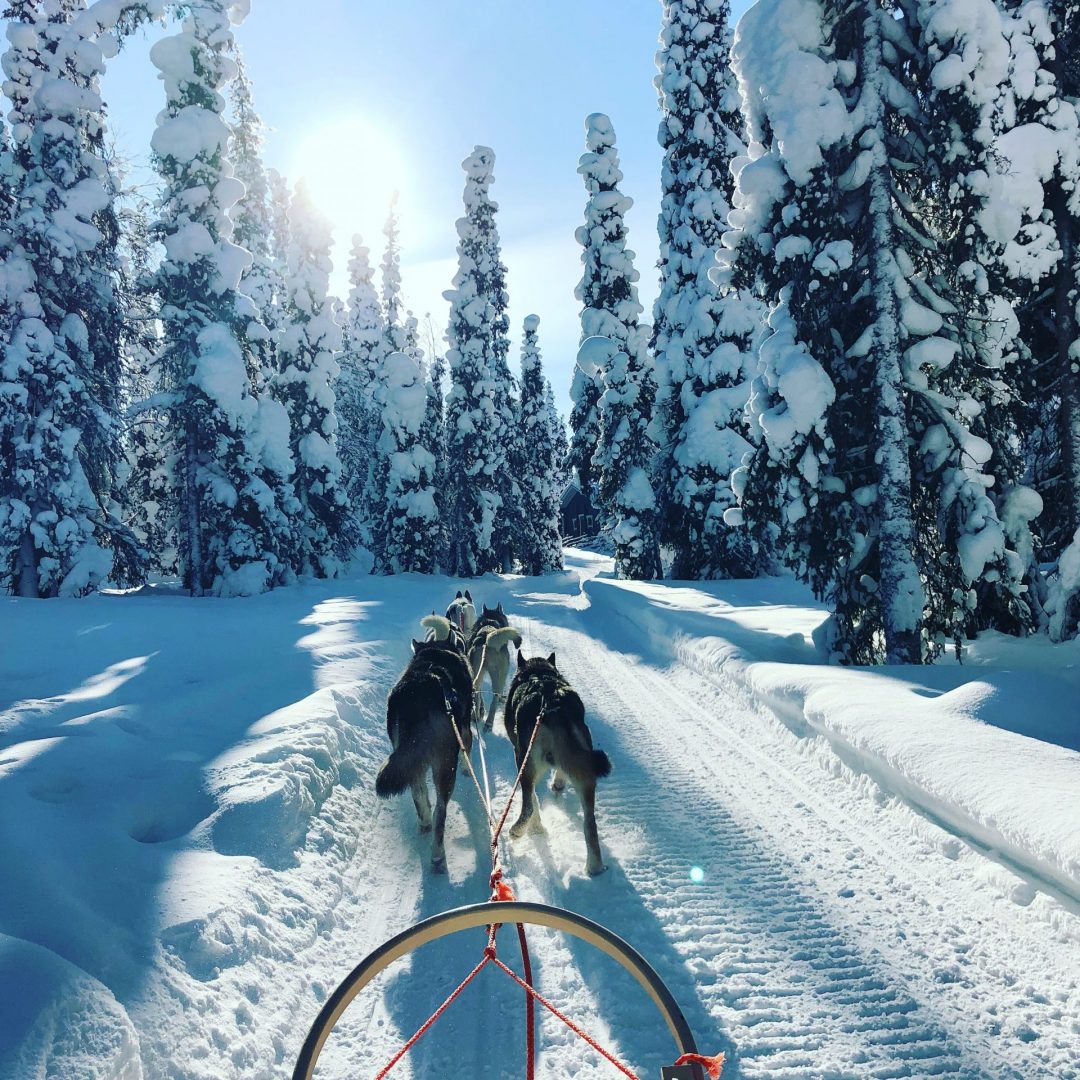
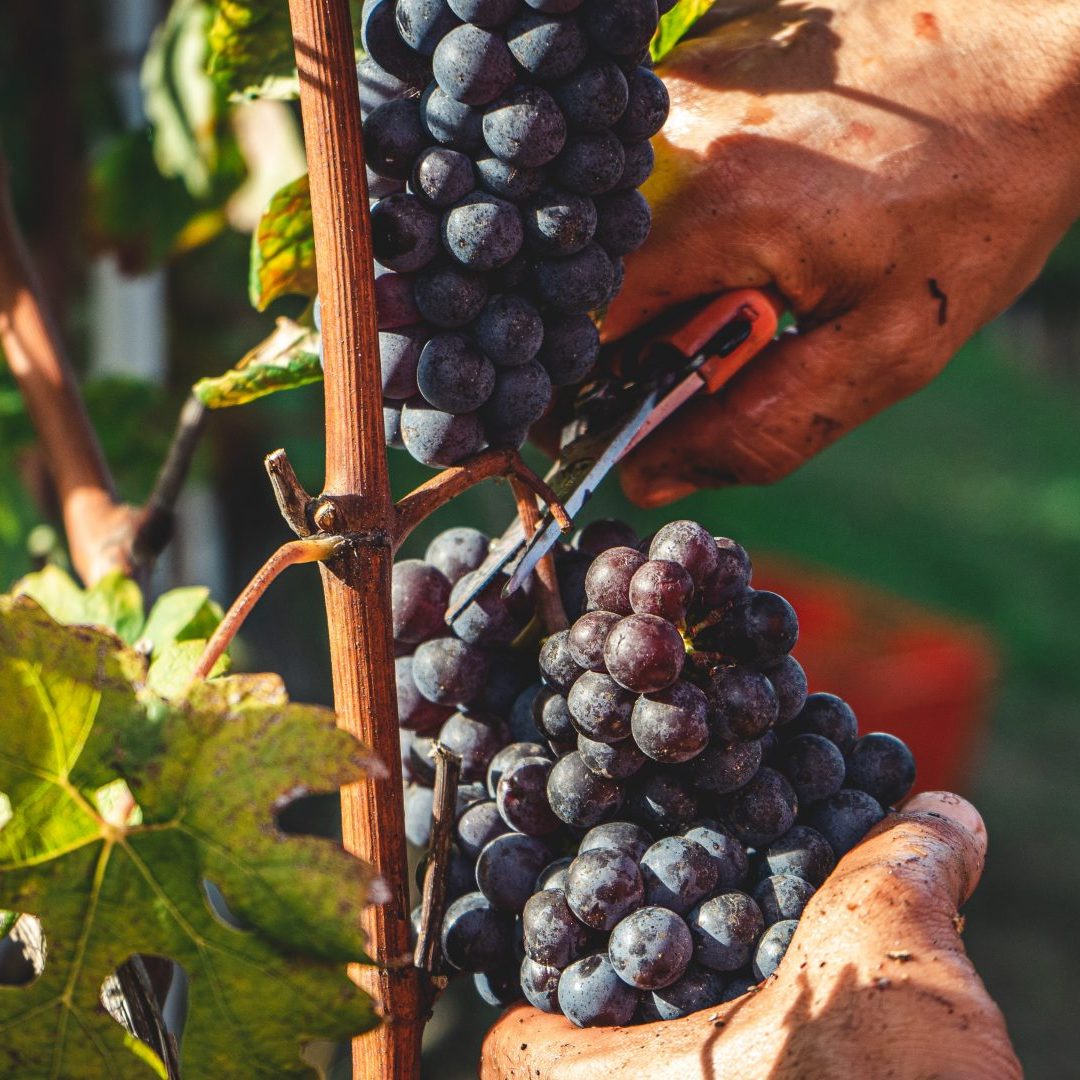
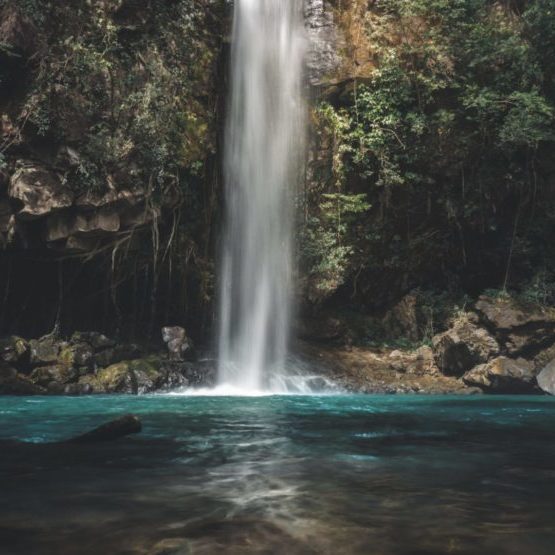
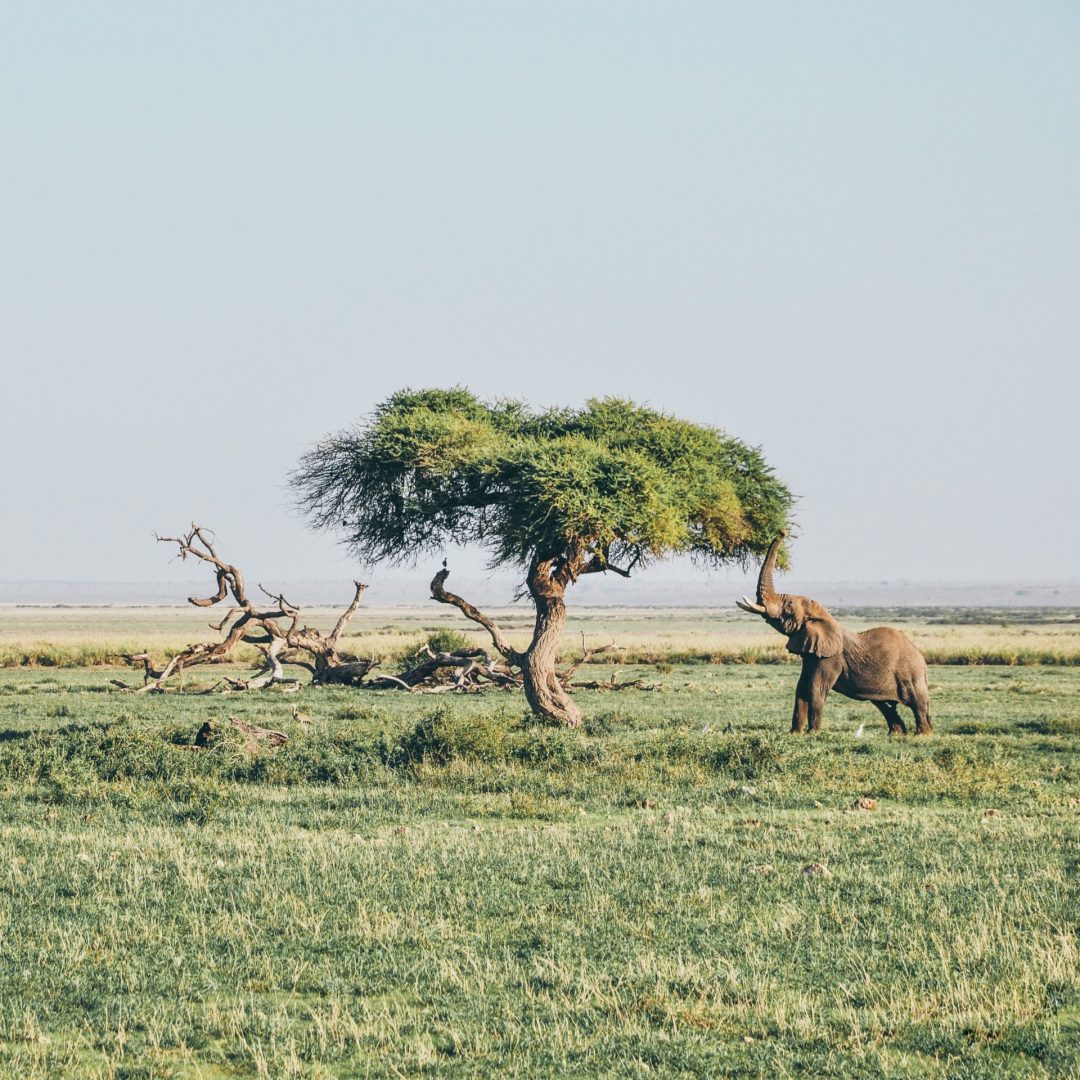
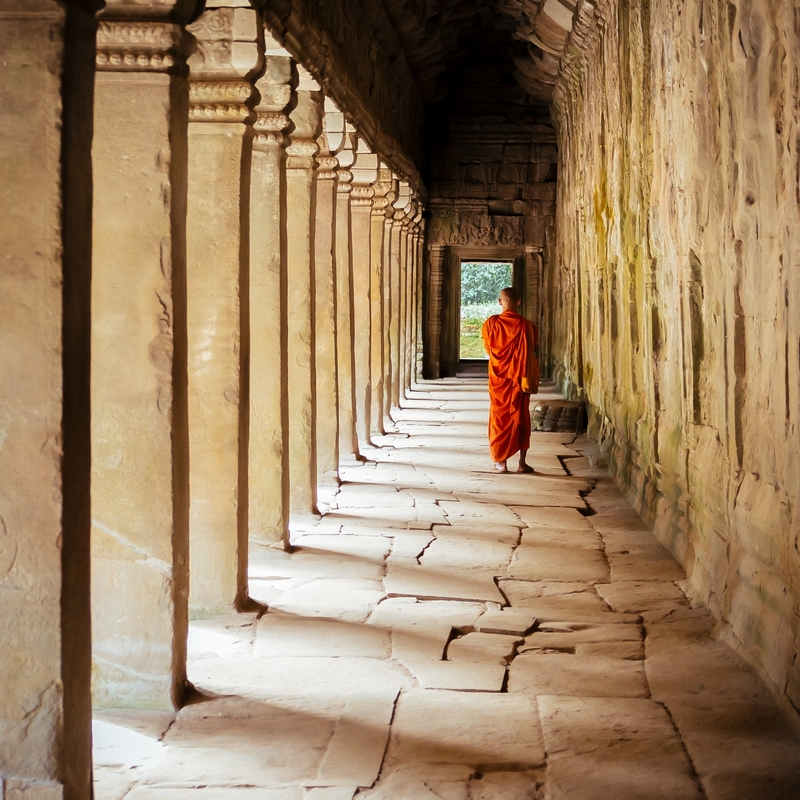
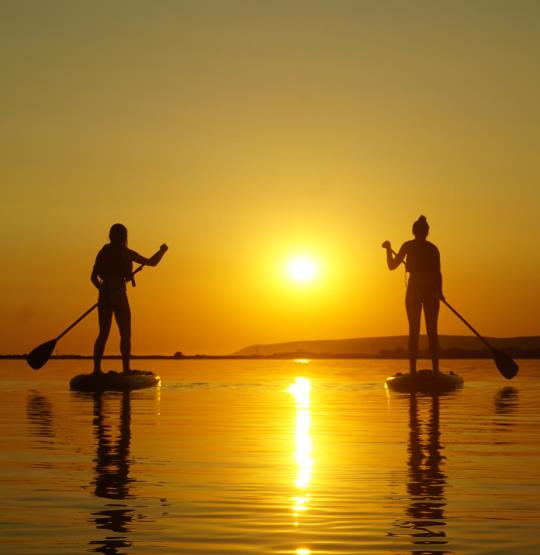

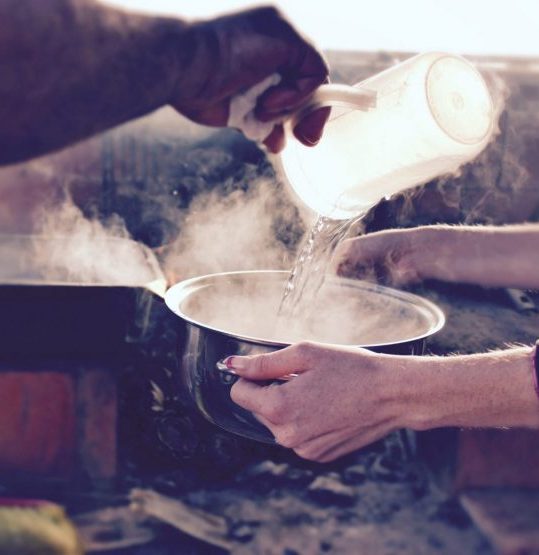
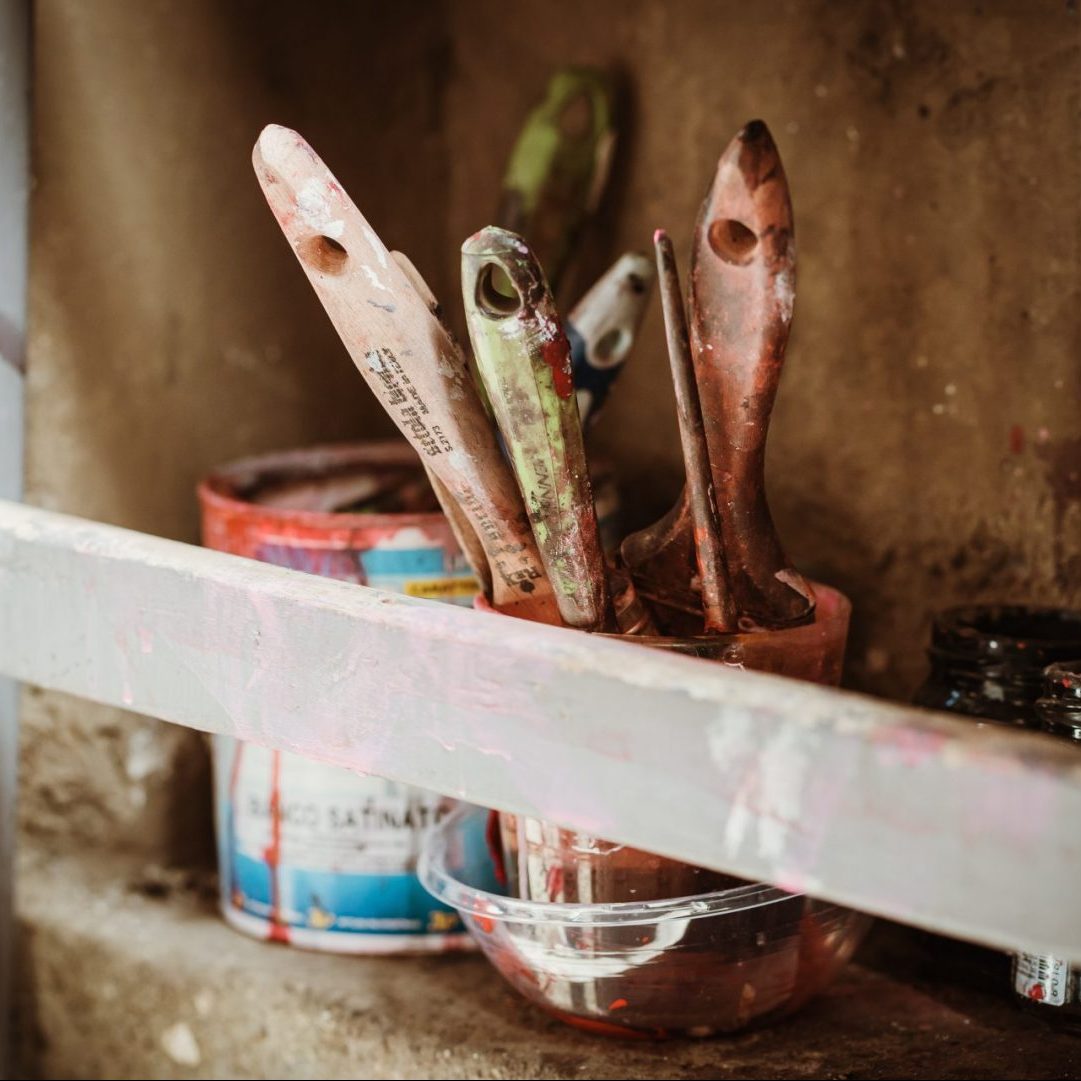
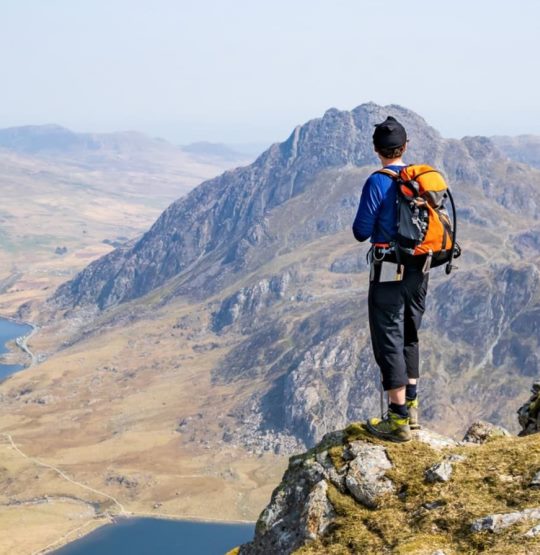
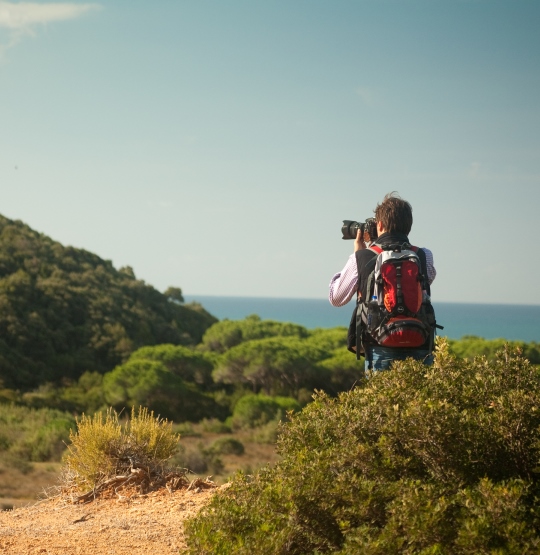
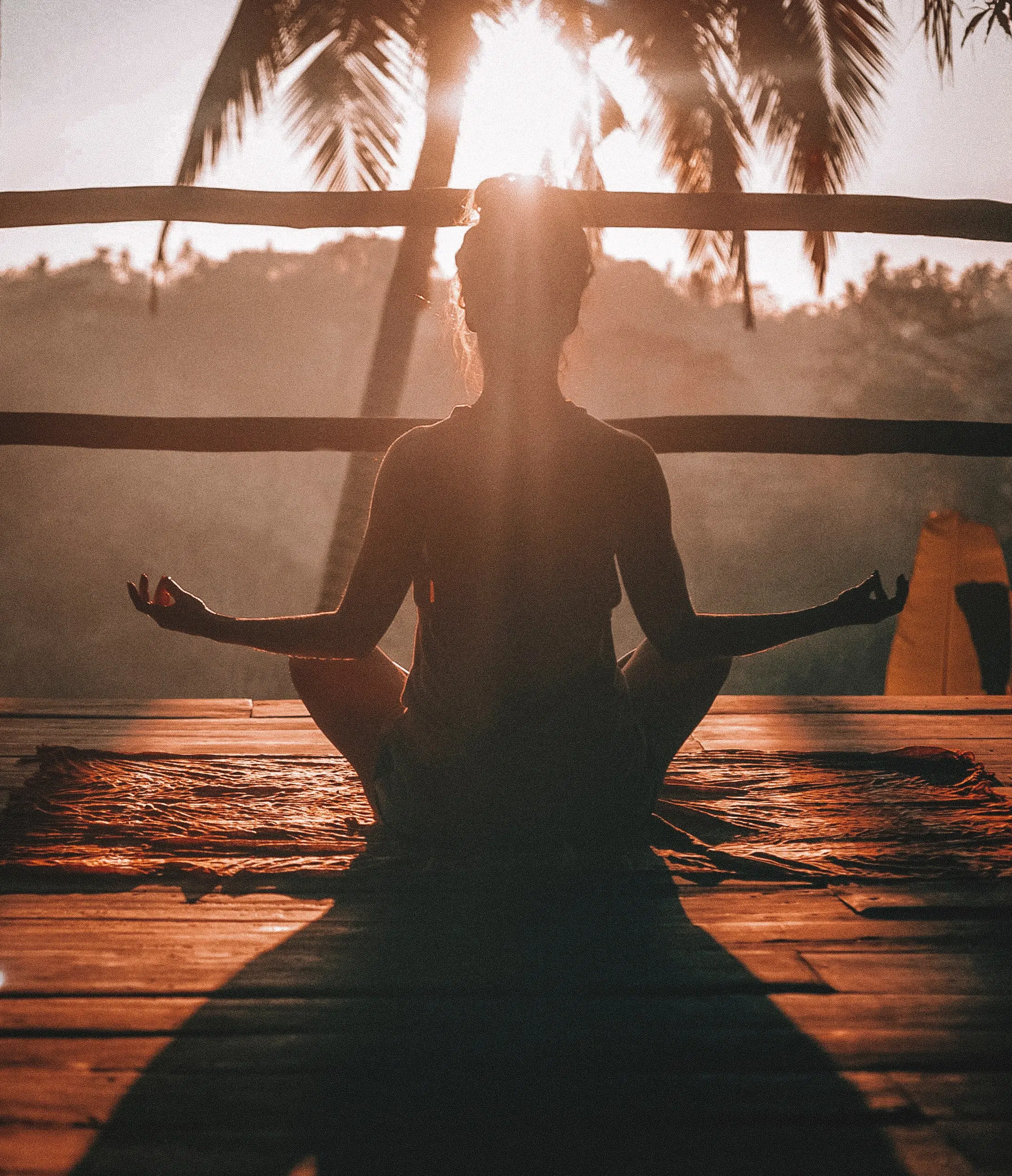
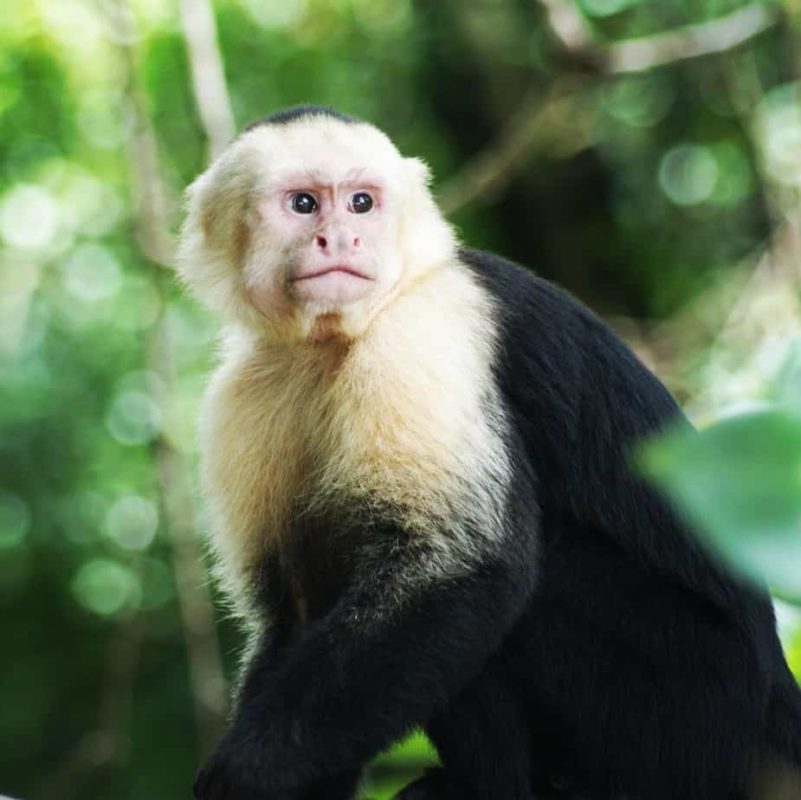
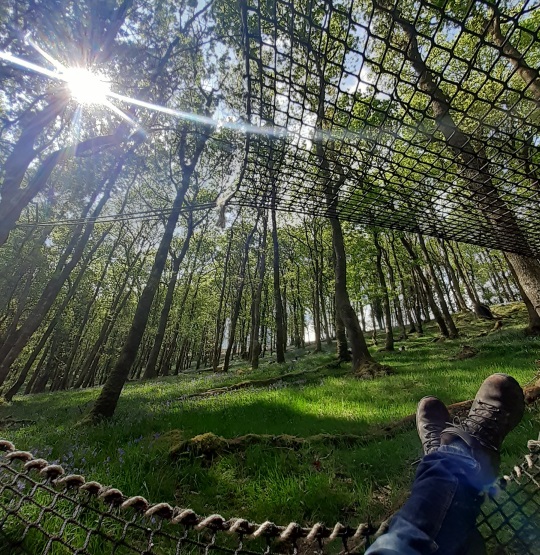

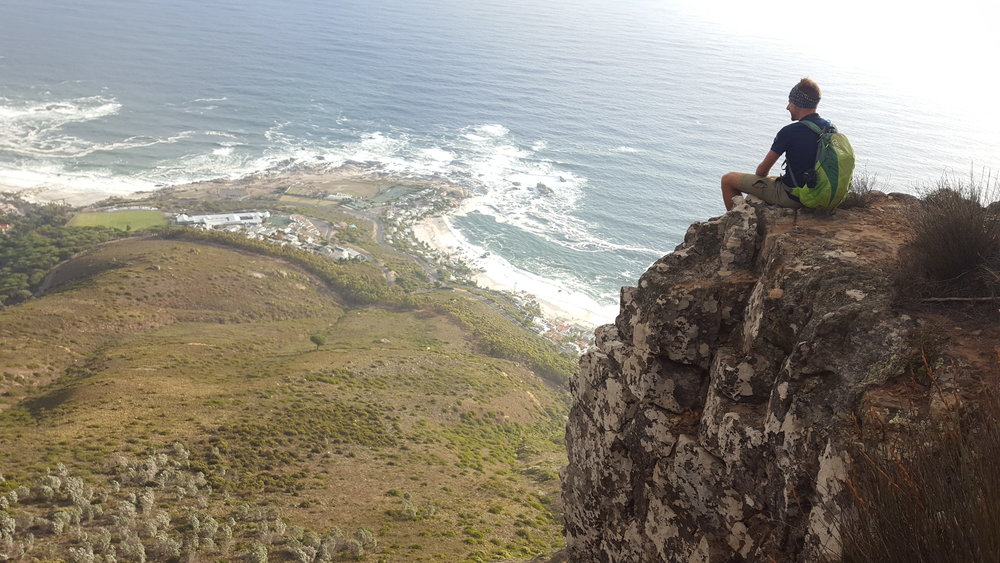




)
)
